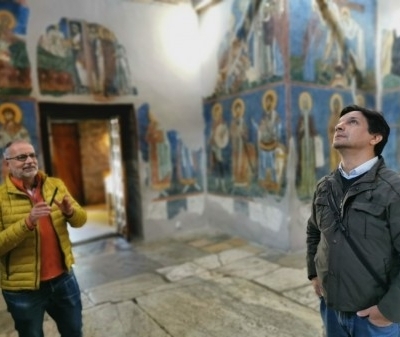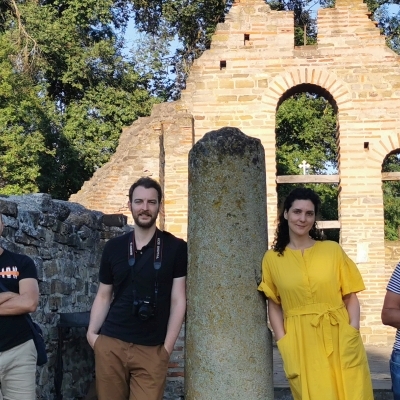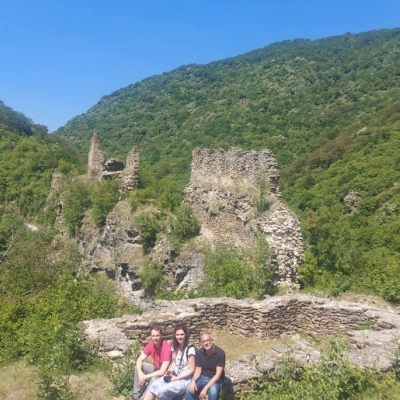From Barbarians to Christians and Rhomaioi. The Process of Byzantinization in the Central Balkans (late 10th – mid-13th century)
Description
The main objective of the project is to explain the key factors that influenced the course and characteristics of the Byzantinization process, which is defined as an integration of the local Balkan communities into the value system of the dominant culture. This process depended on both the Empire’s “soft power” and on the formal inclusion of the given area into its borders. The research is conducted in three main directions:
- Models of Byzantine government in the central Balkans (late 10th – mid-13th century)
- The Archbishopric of Ohrid (from its founding in the beginning of the 11th to the mid-13th century)
- Political, ideological and social aspects of Byzantinization
The Byzantinization process did not unfold identically in all parts of the central Balkans, which is why the research is organized into four geographical and historical zones: the northeastern Balkans (parts of the old Bulgarian state between the Danube and the mount Balkan), the central Balkans (a part of Macedonia and neighboring regions under the jurisdiction of the Archbishopric of Ohrid), the Danube-Morava region (Srem-Belgrade-Braničevo-Niš), and the northwestern parts of the central Balkans (Serbian and Croatian zone).
Within the time frame of the project there are several chronological phases in which the Byzantinization can be outlined more clearly. The criterion for distinguishing different phases depended on whether the area under consideration was part of the Empire, or just under its cultural and political influence:
- The period of the so-called first Byzantine “Reconquista” or the reign of John I Tzimiskes (969–976), when the Empire penetrated the Balkan interior.
- The reign of Basil II (976–1025) or the second Reconquista which resulted in the establishment of a more comprehensive Byzantine control of the Balkan interior.
- The death of Basil II in 1025 until the Latin conquest of Constantinople in 1204, when the Archbishopric of Ohrid became an increasingly significant instrument in the implementation of Byzantinization.
- From 1204 until the restoration of the Byzantine Empire in 1261, when Byzantium started to withdraw from the Balkans both politically and militarily.
The project team is composed of well-established researchers in different fields: Byzantine and medieval Serbian history, art history, legal history, history of architecture and classics. The interdisciplinary research employs both traditional and current methods of critical examination and analysis of written and documentary sources, as well as the methods of historical analogy and historical regression. The expected results of the project are threefold: (a) to identify the indicators of cultural and economic progress, using the example of local communities in the medieval central Balkans; (b) to determine the factors that supported and ensured it; and (c) to identify the historical consequences of its comprehensive or partial integration. Successful completion of the project will be useful for further research in the field of Byzantine studies as well as the history of the medieval Balkans.
- Bojana Krsmanović
- Predrag Komatina
- Stanoje Bojanin
- Ljubomir Milanović
- Maja Nikolić
- Marka Tomić
- Jovana Šijaković
- Miloš Cvetković
- Tamara Ilić
- Bojana Pavlović
- Vladan Zdravković
- Miloš Živković, Assistant professor, Faculty of Philosophy – University of Belgrade
Media
Explore
The access and use of our data is subject to the Creative Commons License CC BY 4.0 International (https://creativecommons.org/licenses/by/4.0/deed.en).






